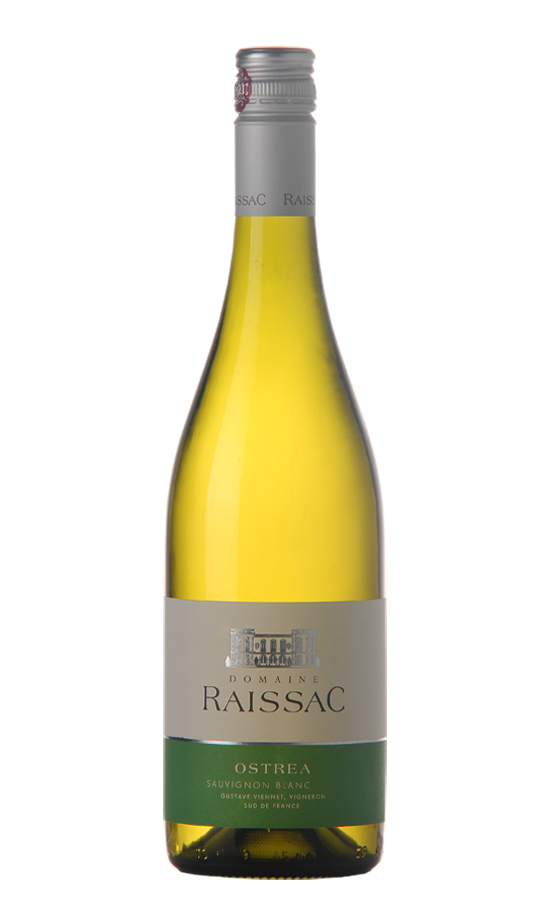

Members of the Berkeley Lab team and collaborators from the University of California, Berkeley's Center for the Built Environment, who assisted with the commissioning of the innovative HVAC system, returned to the Times Building in 20 as part of their participation in the U.S. The key unanswered question for this building, and most buildings, is "how is it performing?" Since its completion, and because of the innovations incorporated into the design, the Times Building has attracted a lot of attention in the architectural and energy efficiency community. The completed building was occupied in 2007. The test results in the mockup led to new performance specifications, a positive response from the manufacturing community, and ultimately the incorporation of these high performance lighting, shading and HVAC systems into the final building design. The goal of the 18 month collaboration at the mockup, supported by The New York State Energy Research and Development Authority, was to determine whether the advanced technologies could provide comfortable working conditions for the building occupants while maximizing energy savings.
MORLOT TREMULOUS ENERGY NEW YORK TIMES WINDOWS
A Berkeley Lab research team from its Environmental Energy Technologies Division (EETD) began working with the Times Company in 2003 to design, evaluate and specify an integrated solution with energy-efficient lighting and automated shading systems for the windows in a full-scale mockup at a nearby Times Company site in Queens.

Located near Times Square in New York, the 52-story building has 1.5 million square feet of commercial office space, and the Times Company has occupied floors 2 through 21 since the building's opening in 2007. More importantly, our hope is that the energy efficient measures and designs documented in this independent study may inspire other companies' workplace designs." "We aggressively pursued innovative designs to improve the quality of the workplace for our employees and to reduce energy use and other operating costs of our facility," said Angelo Salvatore, executive director of building operations at the Times Company, "And the outcomes of this study confirm that we were successful. The Times Company's investment in advanced energy-efficiency technologies is estimated to yield a 12% rate of return on their initial investment. In addition, a significant fraction of occupants indicated a high level of satisfaction with the overall building and its design features.
MORLOT TREMULOUS ENERGY NEW YORK TIMES CODE
Measured results from the post-occupancy evaluation showed a 24% reduction in annual electricity use and 51% reduction in heating energy use, compared to expectations from a design that just met the prescriptive energy-efficiency code in effect at the time of construction (ASHRAE 90.1-2001), and a 25% reduction in peak electric demand. Designing a building holistically, and making sure that its components and systems work together according to design intent, can pay big dividends in energy savings and occupant satisfaction, according to a study by scientists at the Lawrence Berkeley National Laboratory (Berkeley Lab) of the performance of The New York Times Building in New York City.


 0 kommentar(er)
0 kommentar(er)
